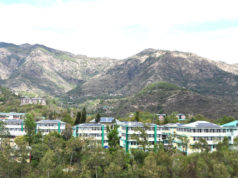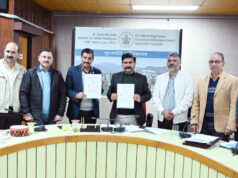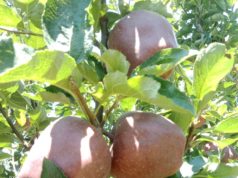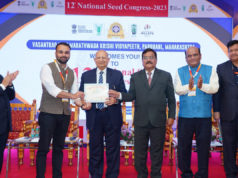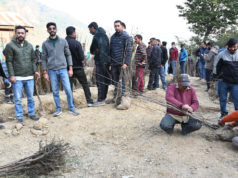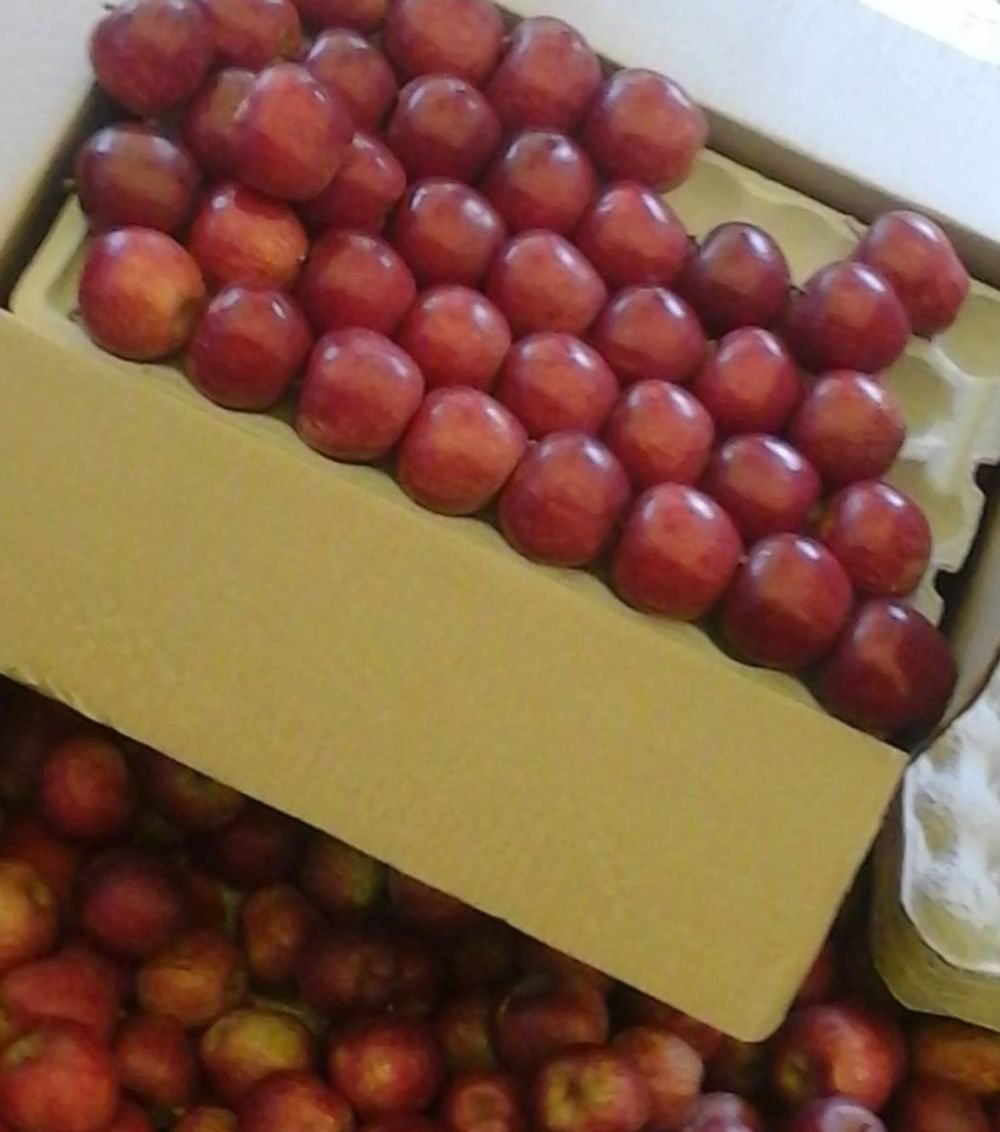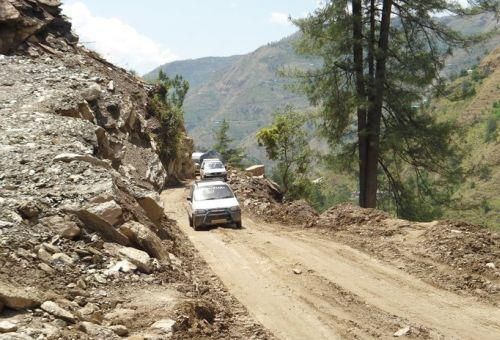Nauni/Dhaulakuan: The farmers of Himachal Pradesh engaged in floriculture have a big reason to cheer. The Regional Horticulture Research and Training Station, Dhaulakuan of the Dr YS Parmar University and Forestry, Nauni has been designated as the ‘Lead Centre of Dahlia Testing’ in the country.
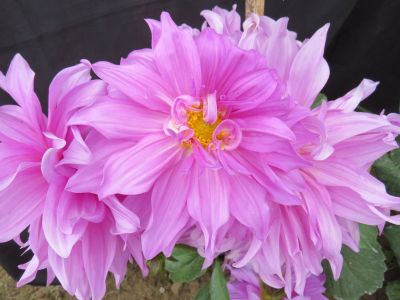
The Protection of Plant Varieties and Farmers’ Rights Authority of the Department of Agriculture, Cooperation and Farmers’ Welfare, GoI has given the prestigious national level designation to the research station. This is a big shot in the arm for Dahlia cultivation in the state as the flower has been introduced in Himachal for the first time under the project. The research conducted at the station could pave the way for its adoption by farmers for commercial cultivation.
The research station forayed into floriculture in 2012, mainly in ornamental plants, and has since made rapid strides in this area. In 2016-17, under a Protection of Plant Varieties and Farmers’ Rights Authority funded project worth Rs. 18 lakh, over 50 cultivars of dahlia of different shapes, colours, sizes and categories were introduced at the station from different reliable nurseries and departments from Uttarakhand and adjoining areas.
Elaborating on the research, Dr Priyanka Thakur, Principal Floriculturist and main investigator of the project told that the objectives were the development of Distinctness, Uniformity and Stability (DUS) testing guidelines of dahlia and evaluation of species/ cultivars. The morphological characterization, development of DUS testing guidelines and the establishment of DUS centre for dahlia at the station is presently underway.
The farmers of Himachal can adopt this new crop for cut flower as well as pot plant production, which can not only help in diversification but also boost the economy and raise farm incomes. The newly introduced dahlia cultivars are suitable for pot plant production, borders, mass plantations and cut flowers etc. Cultivars like Matungini, Mother Teresa, Sister Nivedita, Tenzin, Suryadeva, Jishu, Gilody, SP Kamla have been found suitable for low hill conditions. Matungini, Jishu, Sohini, Black Eternity, Surya Deva, Maa Sharda have been found suitable for cut flower production.
Often called the ‘King of flowers’, Dahlia is grown both for indoor and outdoor elegance. The height of plants differs with variety and can vary from two-inch lollipop style pompoms to the giant 10-15 inch ‘dinner plate’ blooms growing to a height of 4-5 feet. These cultivars remain in flowering from Feb to May. Farmers can reap rich dividends by selling cut flowers, pot and as landscape plants and through the production of rooted plants. The students of the university are also working on the evaluation of dahlia varieties for the low hill conditions of Himachal Pradesh. Dr AK Joshi, Associate Director RHRTS, Dhaulakuan said
“The status of National level Lead entre of dahlia testing is a big achievement for the station as Dahlia is among the most admired winter flowering plant. It is a recognition of the work carried out at the research station and is expected to catalyze commercial cultivation of this flower in the state,”
He added that several cultivars will be added to the present germplasm and farmers will be able to get rooted plants in the future. UHF Vice-Chancellor Dr HC Sharma and Director Research Dr JN Sharma congratulated the scientists.
Dahlia- The King of Flowers
Dahlias are hardy, herbaceous, tuberous perennial that bears gorgeous multi-hued flowers and can be propagated through seeds (annual), division of tubers and cuttings (perennial). Dahlias love moist, moderate climate and grow from February to May under low hill conditions with some varieties blooming during the October to December months. The foothills of the state, particularly the Paonta-Doon valley has a longer duration of the dahlia flowering pattern. This was the main reason for RHRTS being designated as a lead centre for dahlia flower testing in the country. Dahlias are classified as single-flowered, anemone flowered collarette, decorative, waterlily ball, decorative, pompom, cactus, semi-cactus, star and miscellaneous types.
Uses of Dahlia flower
Dahlia has no rival as a bed flower for is versatile beauty and economy as they remain in good condition for 2-3 weeks in the field. Besides being widely used in landscaping and as potted and bedding plants, Dahlia is used as a cut flower in the pharmaceutical industry, cosmetic and food industry for the extraction of dyes. Its longer flowering period makes it a favourite for decoration during the festive season




